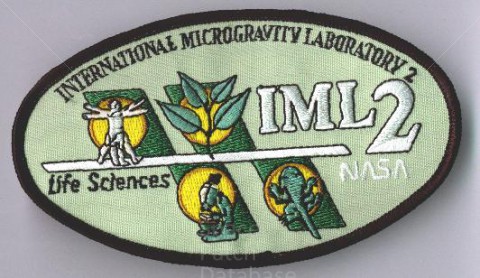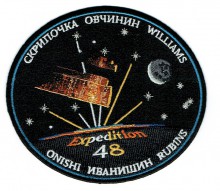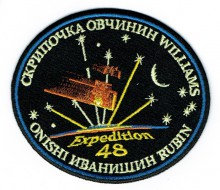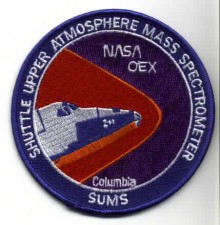Flow on board STS-65
The International Microgravity Laboratory (IML-2) is the second in a series of Spacelab (SL) flights designed to conduct research in a microgravity environment. The IML concept enables a scientist to apply results from one mission to the next and to broaden the scope and variety of investigations between missions. Data from the IML missions contributes to the research base for the space station.[2]
As the name implies, IML-2 is an international mission. Scientists from the European Space Agency (ESA), Canada, France, Germany and Japan are all collaborating with NASA on the IML-2 mission to provide the worldwide science community with a variety of complementary facilities and experiments. These facilities and experiments are mounted in twenty 19" racks in the IML 2 Module.
Research on IML-2 is dedicated to microgravity and life sciences. Microgravity science covers a broad range of activities from understanding the fundamental physics involved in material behavior to using those effects to generate materials that cannot otherwise be made in the gravitational environment of the Earth. In life sciences research, a reduction of gravitation's effect allows certain characteristics of cells and organisms to be studied in isolation. These reduced gravitational effects also pose poorly understood occupational health problems for space crews ranging from space adaptation syndrome to long-term hormonal changes. On IML-2, the microgravity science and life sciences experiments are complementary in their use of SL resources. Microgravity science tends to draw heavily on spacecraft power while life sciences places the greatest demand on crew time.
- Log in to post comments






